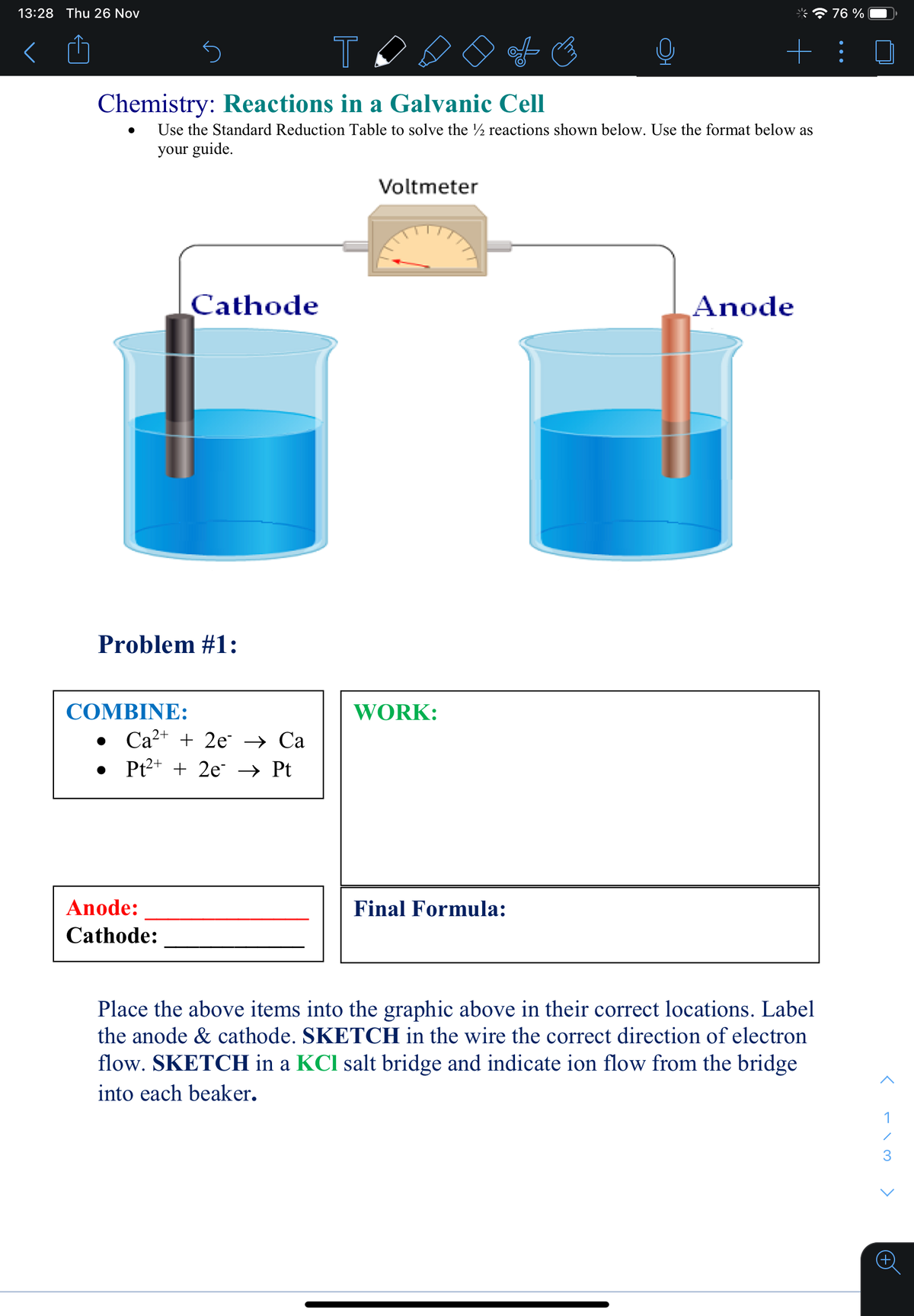

But the other approaches like the 595's weren't so obvious with regard to CC/CA preferences or ease of use/programming.

In the case of multiplexing with the MAX7219, that sort of answers one of the original questions, as it only works with common cathode displays. I have now read a lot more about the 595's and MAX72xx's too. I think I have read at least another 300 posts now (many, many of them with your answers in them!), and I'm starting to understand the issues a little better. Thanks CrossRoads for the pointers and ideas.
#Cathode anode how to
I am trying to figure out how to make a cascaded 4 digit counter, using 7-segment digits, but I'm stumped with what to order/buy to get going. In trying to read data sheets for devices like TPIC6B595's and 74xx595's, it is very hard for a beginner to understand why and when to select a common cathode or common anode type of device. I am sure this is also closely related to the equally confusing (to me) notion of "sinking" or "sourcing" from Arduino pins. internal pull-ups, or overall power requirements to drive the LED segments, or less complicated programming logic) Is it easiest to use common cathode or common anode devices with an Arduino? Is there some simple explanation/example somewhere to help understand why one might be easier/better than the other when using an Arduino? (e.g. A little additional explanation in examples like the "ShiftOut" tutorial would be really useful for beginners.

common cathode or common anode? I don't seem to be able to find much helpful information with my searches to differentiate between the two. Sorry for the beginner question, but I am very confused about which is easiest when working with an Arduino for things like 7-segment displays.


 0 kommentar(er)
0 kommentar(er)
